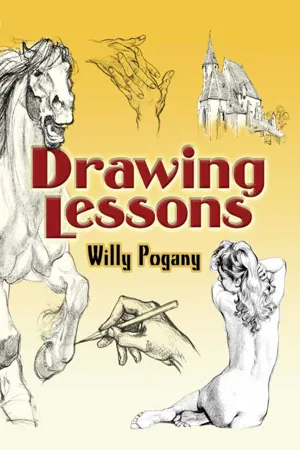
- 128 pages
- English
- ePUB (mobile friendly)
- Available on iOS & Android
Drawing Lessons
About This Book
In this essential guide to the basic principles of drawing the human figure, Pogany—one of the leaders of the Golden Age of Illustration—shows readers the path to artistic mastery. With a warm and supportive tone, he seamlessly blends instruction and insight with 375 masterful illustrations. The aim: to build a foundation for those who wish to draw skillfully and easily.
Beginning with the humble dot and moving forward to perspective, anatomy, shading, portraiture, balance, motion, and more, this step-by-step resource is a genuine inspiration. Details of the human head, eyes, ears, and feet add depth to the instruction, followed by simple demonstrations that clearly illustrate how fundamental techniques are put into practice. Easy to follow and concise, this guide has long been considered an important resource for artists of all abilities.
Frequently asked questions
Information
PERSPECTIVE
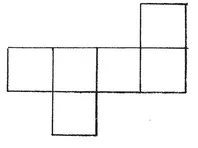

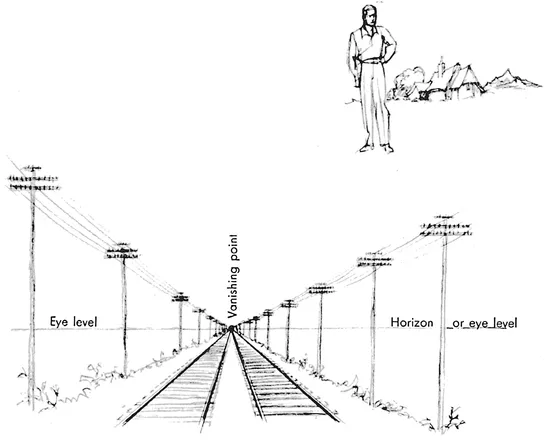
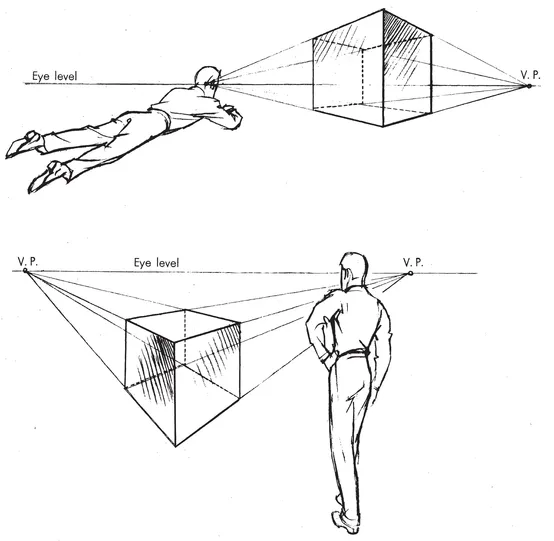




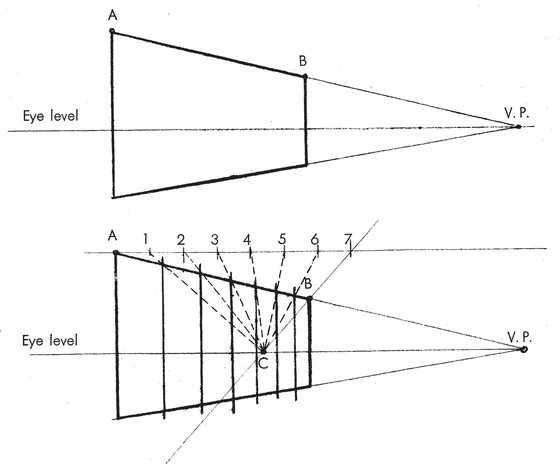

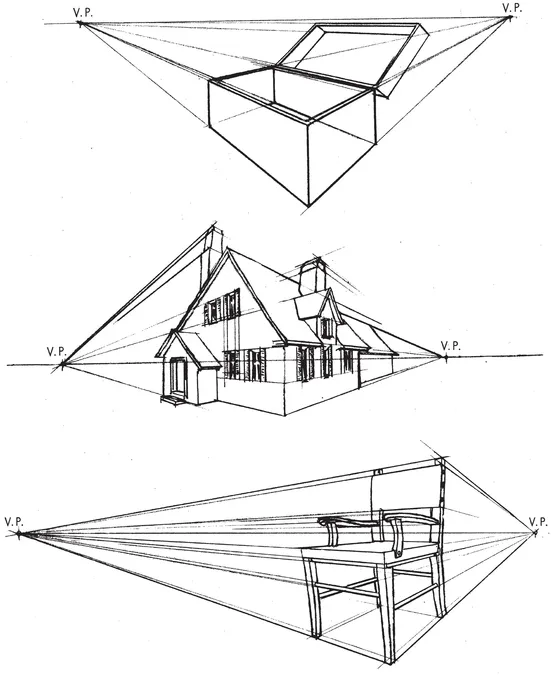
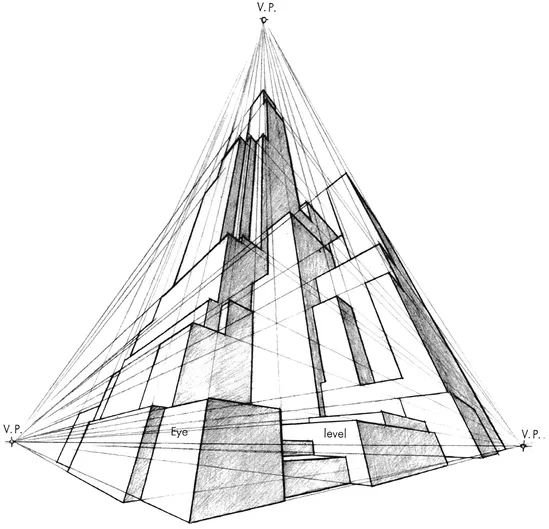
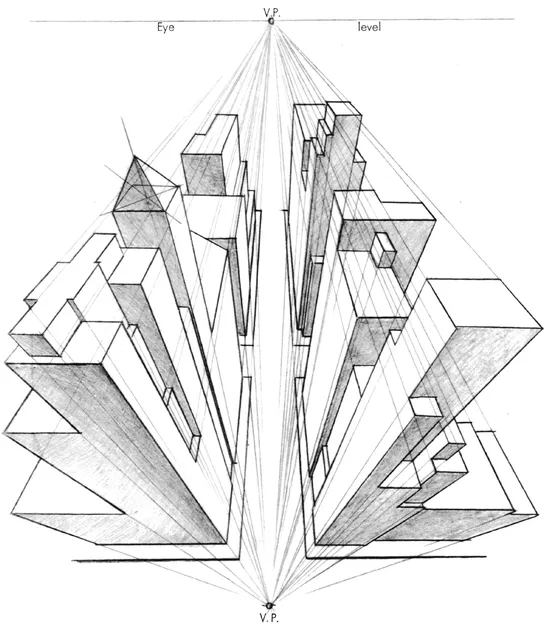
PERSPECTIVE DRAWING OF A CYLINDER.

TRY THIS EXPERIMENT:
Table of contents
- Title Page
- Dedication
- Table of Contents
- Copyright Page
- INTRODUCTION
- THE DOT
- PERSPECTIVE
- SHADING
- THE HEAD
- PORTRAITURE
- THE EYES
- THE MOUTH
- THE EARS
- THE NOSE
- THE HANDS
- THE FEET
- THE FIGURE
- BALANCE AND MOTION
- FIGURE SKETCHING
- Sketches and studies